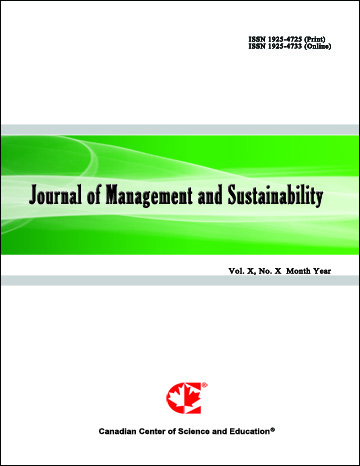Sustainable Leisure Landscapes in Icelandic Rural Communities: A Multidisciplinary Approach
- Rannveig Ólafsdóttir
- Anna Dóra Sæþórsdóttir
- Jorrit Noordhuizen
- Wieteke Nijkrake
Abstract
The rapid increase of tourism in the Arctic highlights the critical importance of holistic planning of land use for tourism to ensure that recreational activities are only developed where natural and cultural environment is able to sustain their impact. This paper aims to devise a holistic plan for use of land for Icelandic tourism based on landscape analysis and stakeholders’ perceptions, and to critically discuss the role of holistic approaches and zoning principles in such planning with regard to different market groups of visitors. A case study was conducted in Skaftárhreppur municipality in southern Iceland. Geographical information systems (GIS) were used to analyse its suitability for the various forms of recreational activity based on stakeholders’ perceptions, landscape sensitivity, the area’s recreational opportunity spectrum (ROS), and visitor type according to the purism scale model. The results reveal a lack of balance between the area’s current recreational use and its landscape sensitivity, something which reflects many of the negative aspects of the exponential growth within Icelandic tourism which has taken place over the past decade. The results further stress the importance of appropriate infrastructure to channel the increasing flow of mass tourism and to direct this flow to carefully chosen focal points. In seeking to develop site-specific zoning for the different market groups, focal points have proven to be a critical management tool. By controlling the number, type and location of visitors, their flow is regulated, and thereby the impact of tourism is managed. The use of well-defined focal points in the zoning procedures will reduce the environmental and social pressure from tourism, reduce the cost of maintaining infrastructure incurred by communities, ensure visitor satisfaction, and protect the most sensitive areas from overexploitation by tourism.- Full Text:
 PDF
PDF
- DOI:10.5539/jms.v8n4p54
Journal Metrics
Google-based Impact Factor (2021): 1.54
h-index (July 2022): 37
i10-index (July 2022): 147
h5-index (2017-2021): 12
h5-median (2017-2021): 19
Index
- Academic Journals Database
- ANVUR (Italian National Agency for the Evaluation of Universities and Research Institutes)
- CAB Abstracts
- CNKI Scholar
- EconBiz
- Excellence in Research for Australia (ERA)
- GETIT@YALE (Yale University Library)
- Harvard Library
- HeinOnline
- Infotrieve
- JournalTOCs
- LOCKSS
- MIAR
- PKP Open Archives Harvester
- RePEc
- Scilit
- SHERPA/RoMEO
- Stanford Libraries
- UCR Library
Contact
- Evelyn XiaoEditorial Assistant
- jms@ccsenet.org
